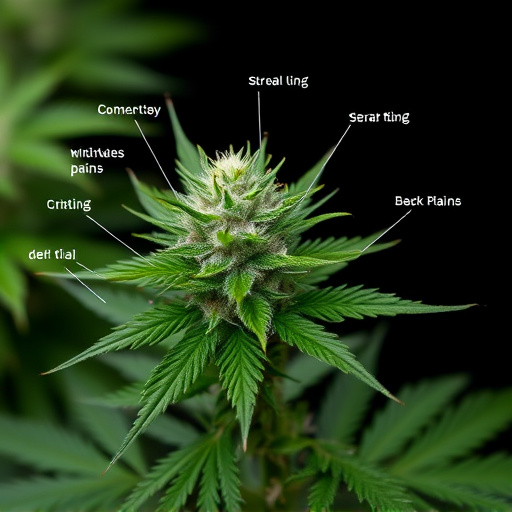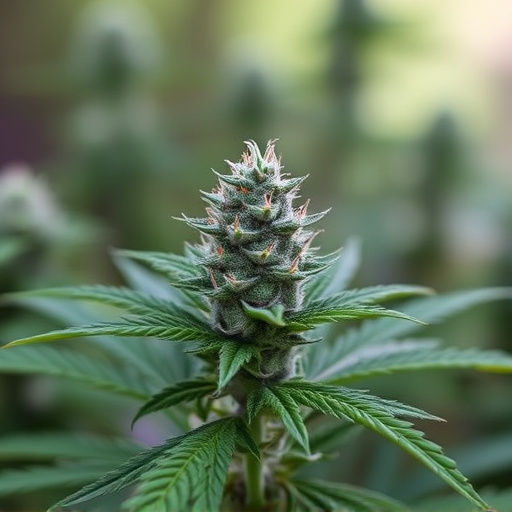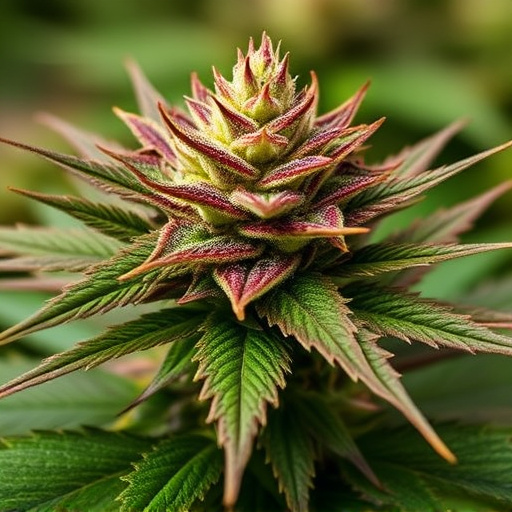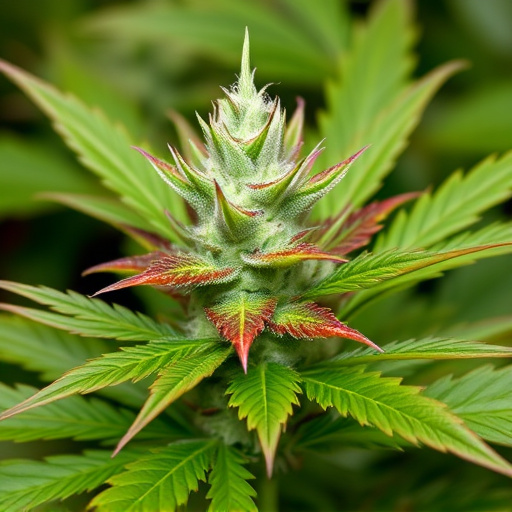The effectiveness of medical cannabis treatment hinges on selecting the right strain tailored to individual needs. Different strains with unique cannabinoid (like THC and CBD) and terpene profiles offer diverse effects, from relaxation and mood elevation to pain relief and sensory perception. Factors like strain type (Indica vs Sativa), tolerance, body weight, consumption method, and personal biochemistry determine the impact of cannabis. 'Best' medical cannabis strain varies per patient; consulting professionals ensures optimal selection for therapeutic benefit based on specific conditions and preferences.
Cannabis flowers, with their diverse terpene and cannabinoid profiles, offer a spectrum of effects that vary greatly from person to person. Understanding these unique interactions is crucial when exploring the potential benefits of medical cannabis. This article delves into the science behind cannabis flowers, guides readers through the best medical cannabis strains for specific conditions, and highlights individual variations in response. By considering these factors, users can navigate the plant’s therapeutic potential with confidence.
- Understanding Cannabis Flowers and Their Effects
- The Best Medical Cannabis Strains for Different Conditions
- Individual Variations in Cannabis Response
Understanding Cannabis Flowers and Their Effects
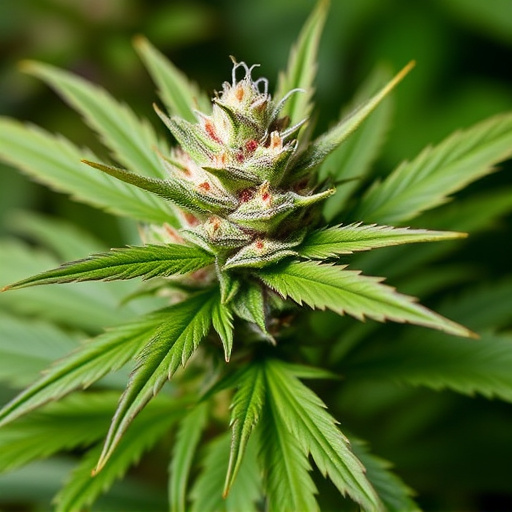
Cannabis flowers, or buds, are the most well-known and sought-after part of the plant, containing high concentrations of cannabinoids like THC (tetrahydrocannabinol) and CBD (cannabidiol). These compounds interact with our bodies’ endocannabinoid system, influencing various physiological and psychological functions. Different cannabis strains, cultivated for their unique cannabinoid profiles and terpene (aromatic compounds) content, offer diverse effects, making it crucial to understand one’s needs and preferences when selecting a best medical cannabis strain.
The impact of cannabis flowers varies greatly from person to person due to factors like tolerance, body weight, consumption method, and individual biochemistry. For some, the dominant effect may be relaxation and euphoria, often associated with high THC content. Others might experience heightened creativity or sensory perception. Conversely, CBD-rich strains are known for their potential therapeutic benefits without the psychotropic effects, making them popular for anxiety relief and managing pain.
The Best Medical Cannabis Strains for Different Conditions

When it comes to medical cannabis, choosing the right strain is paramount for effective treatment and optimal outcomes. Different conditions require specific profiles of cannabinoids and terpenes found in various strains. For instance, patients seeking relief from chronic pain or inflammation may benefit most from Indica-dominant strains known for their soothing and relaxing effects. These strains often contain higher levels of cannabidiol (CBD), a non-psychoactive compound shown to reduce inflammation and alleviate pain.
For anxiety or depression, Sativa-leaning strains might be more suitable. These varieties tend to have higher levels of tetrahydrocannabinol (THC), the psychoactive component responsible for feelings of euphoria and relaxation. Certain terpenes found in Sativas, such as myrcene and limonene, are believed to enhance these effects and can help lift mood and reduce stress. In terms of best medical cannabis strains, it’s a personalized journey; what works for one patient with a specific condition may not be suitable for another. As such, consulting with a knowledgeable clinician or budtender is essential to determine the most beneficial strain profiles for individual needs.
Individual Variations in Cannabis Response
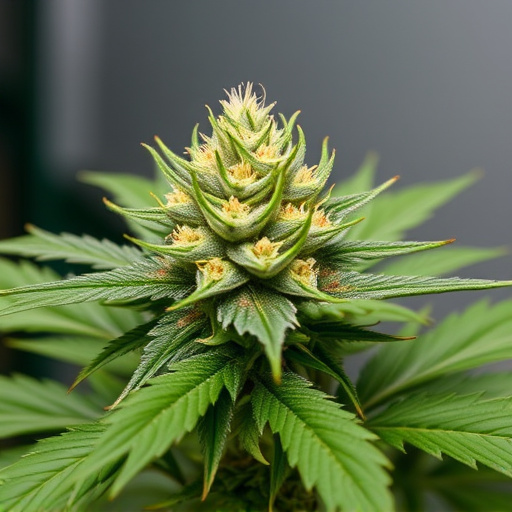
Cannabis flowers, with their diverse compounds and terpene profiles, evoke unique responses in individuals due to several factors. One significant variable is genetics; people have varying levels of receptors for cannabinoids like THC and CBD, influencing how they interact with different strains. For instance, some may be more sensitive to THC’s psychoactive effects, while others might benefit more from CBD’s non-intoxicating anxiolytic properties.
Furthermore, individual experiences can vary based on setting, dosage, and the specific best medical cannabis strains consumed. Certain strains renowned for their therapeutic benefits, such as Indica varieties known for their relaxing properties or Sativa breeds celebrated for boosting energy and focus, may produce markedly different effects depending on the consumer’s tolerance, mood, and environment at the time of consumption.
When it comes to cannabis flower, its effects vary widely from person to person. Understanding these individual variations is key when selecting the best medical cannabis strains for specific conditions. While research continues to explore the complexities of cannabis, recognizing that response to different strains can differ dramatically based on personal chemistry is essential. By considering individual variations and consulting with healthcare professionals, patients can navigate the diverse world of medical cannabis to find the best strains tailored to their unique needs.
